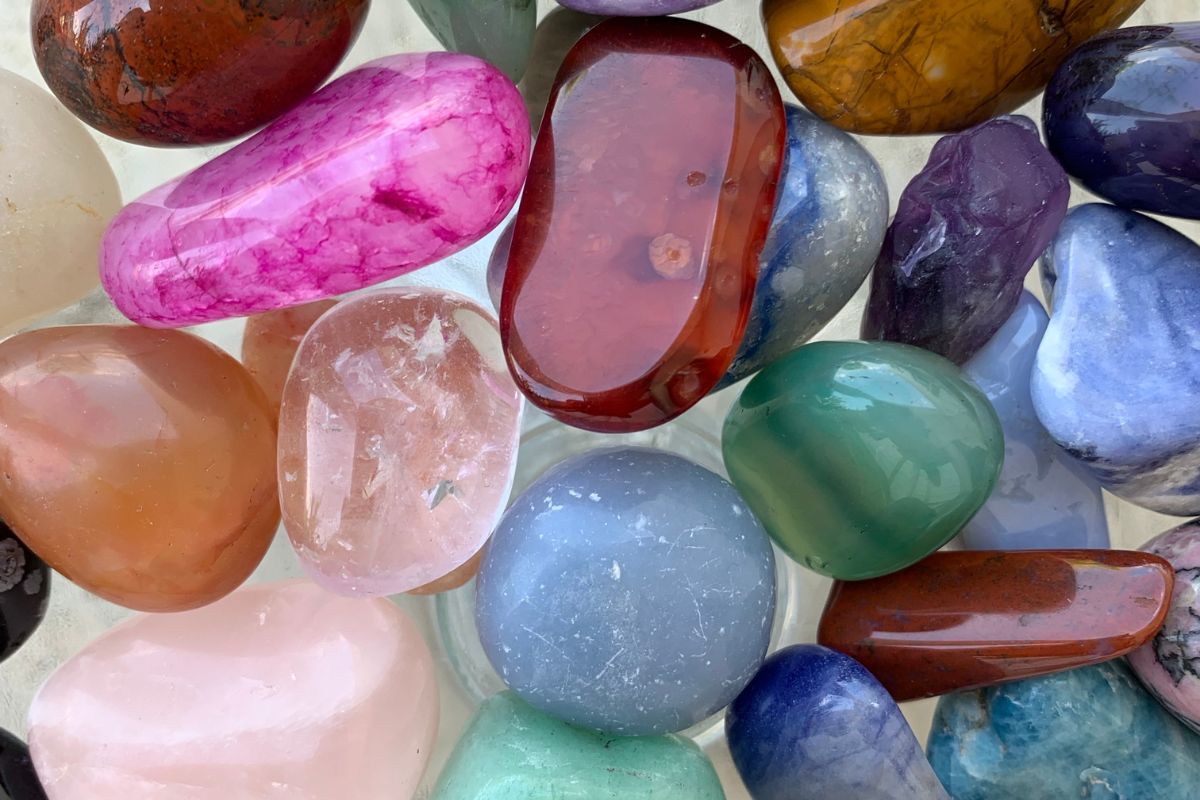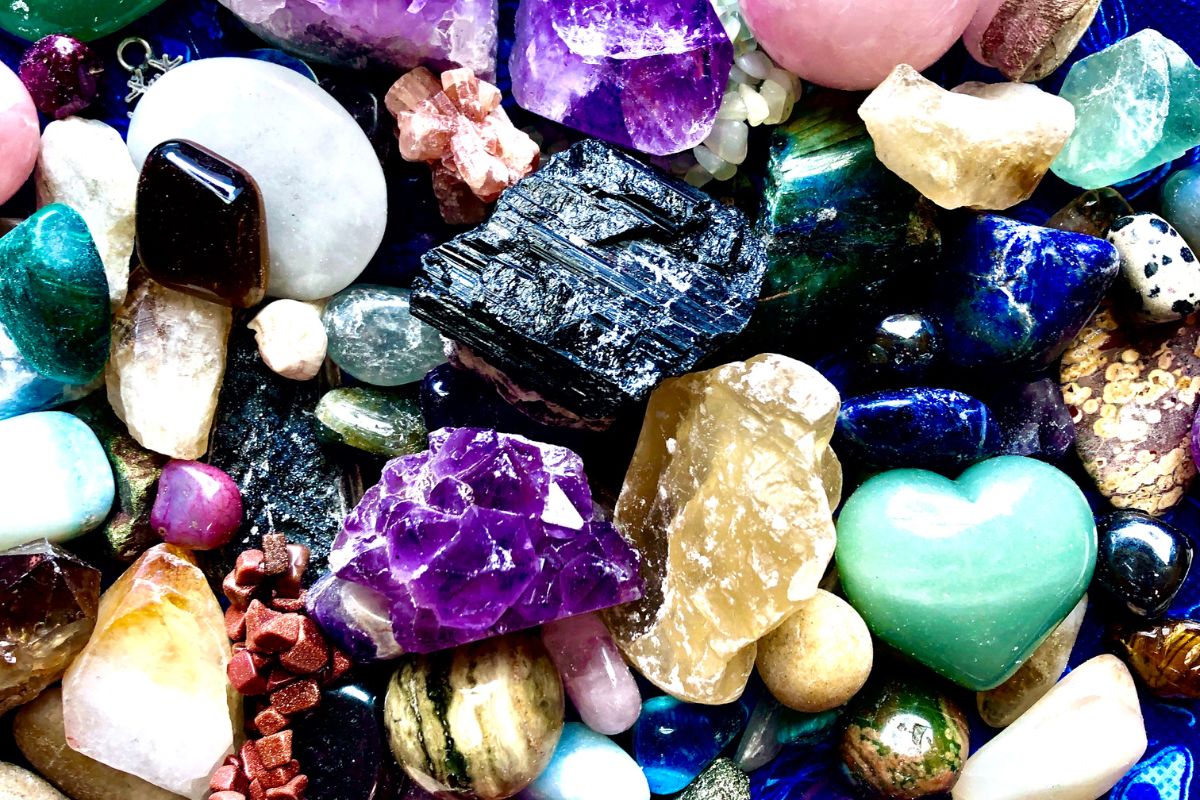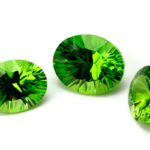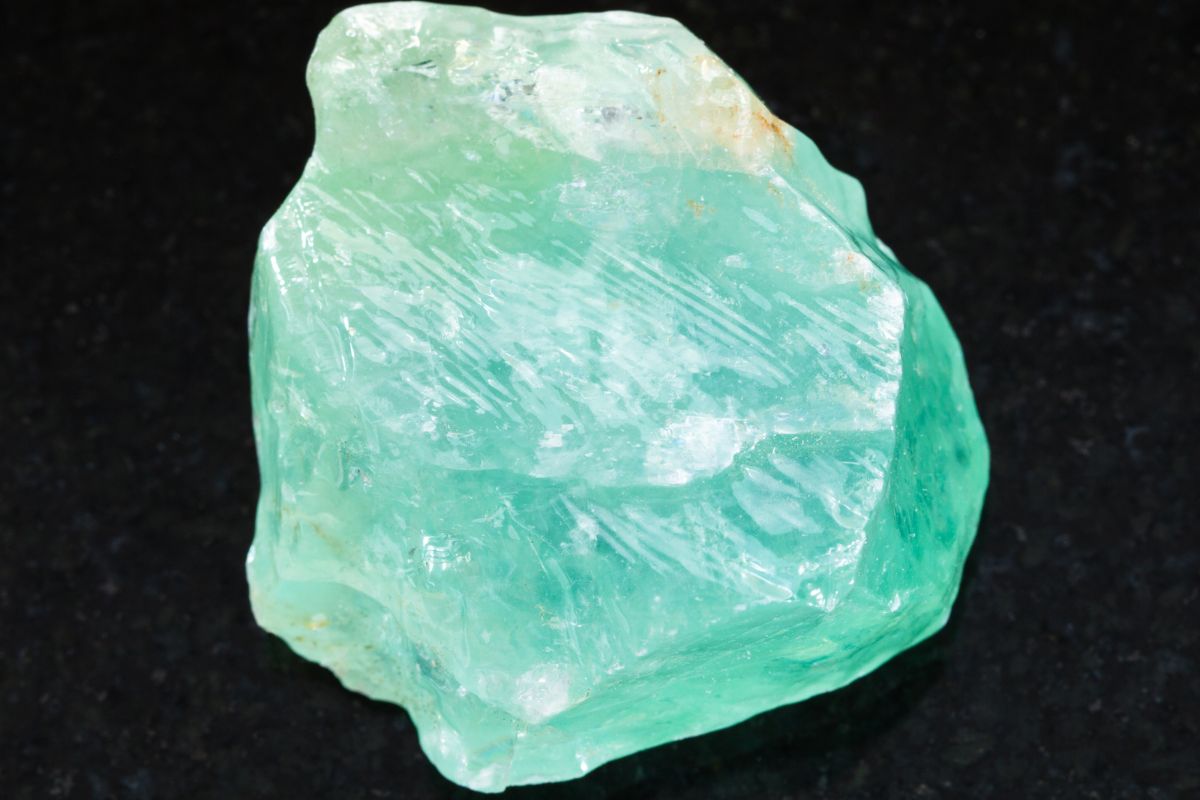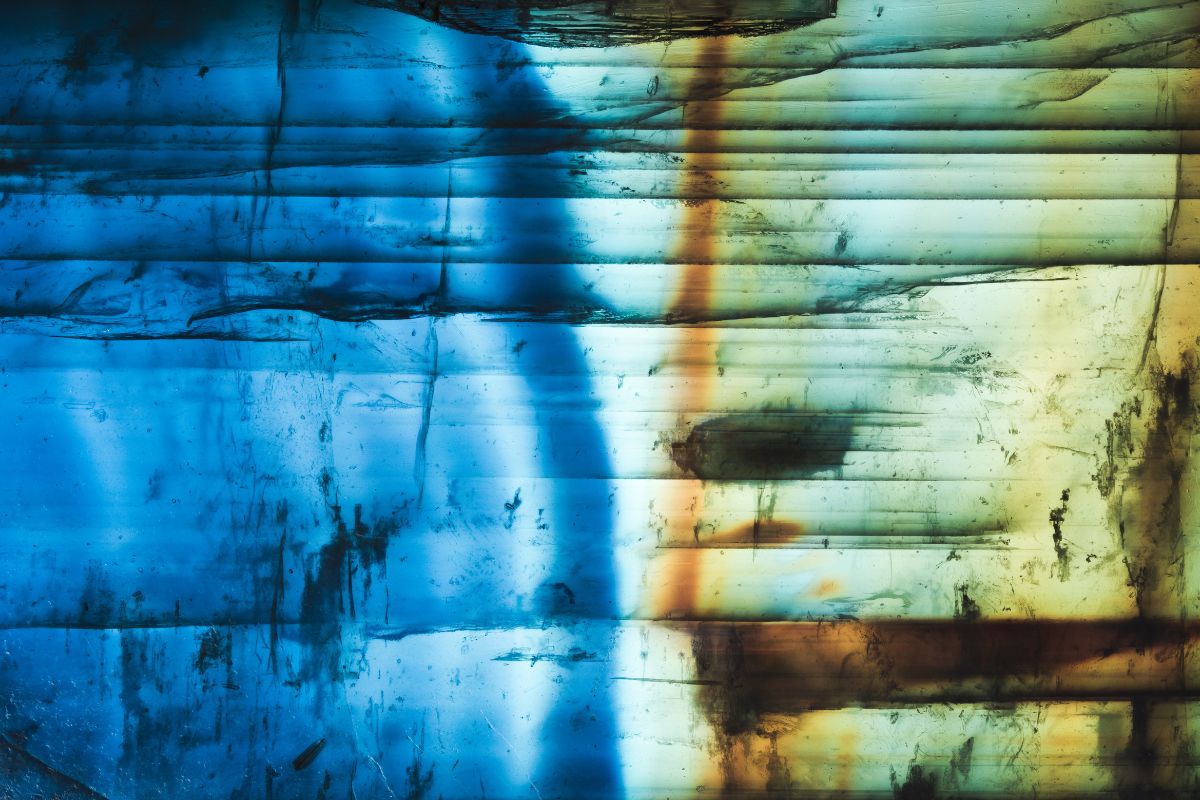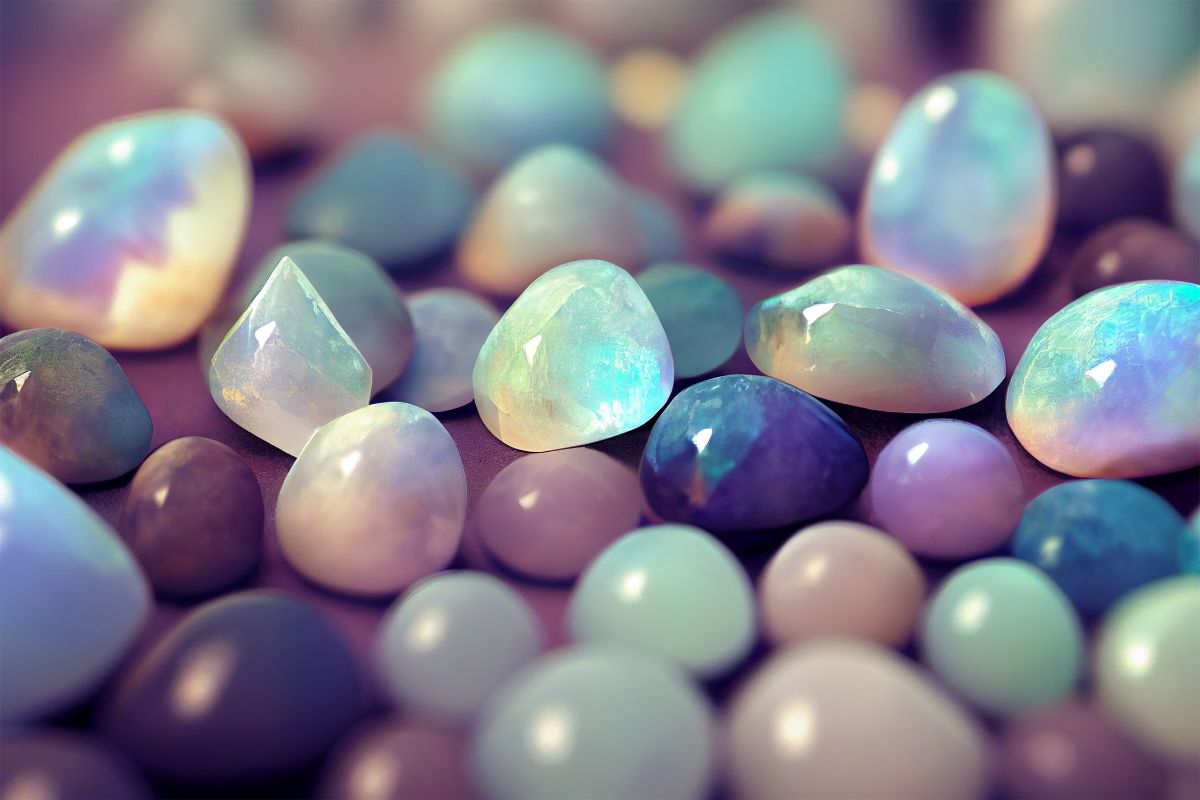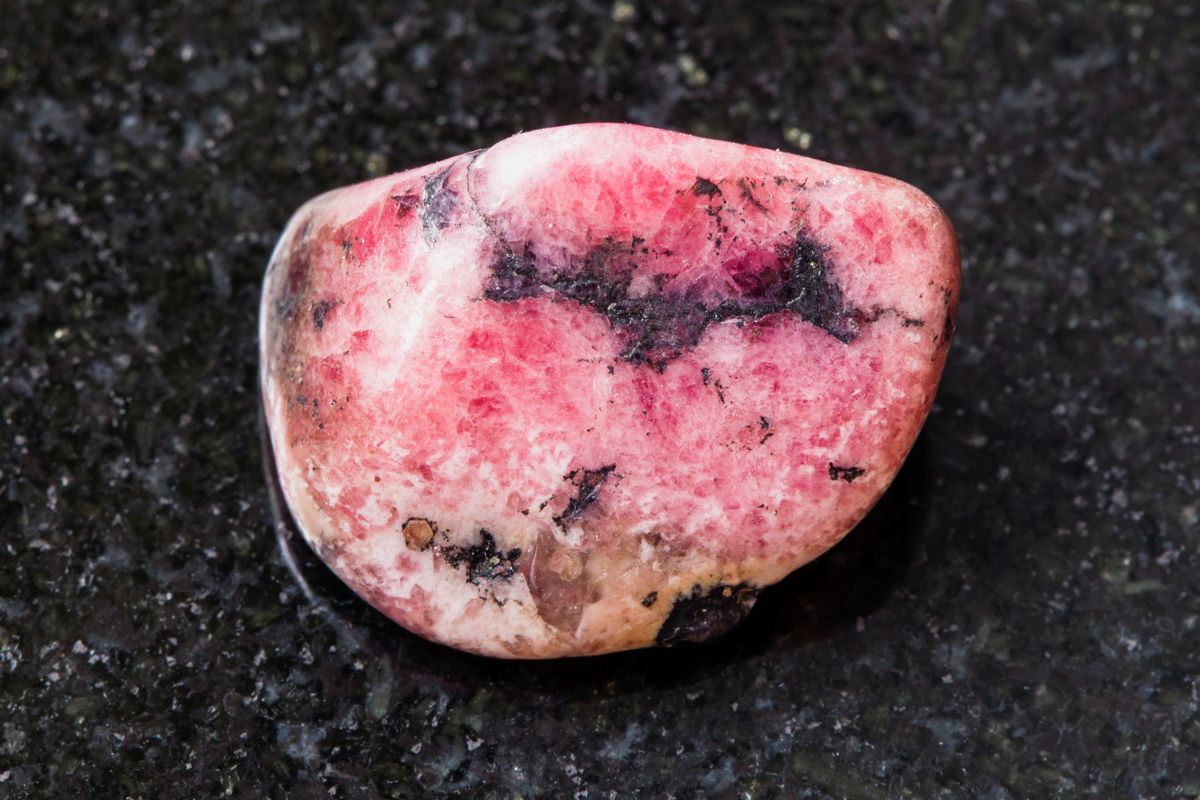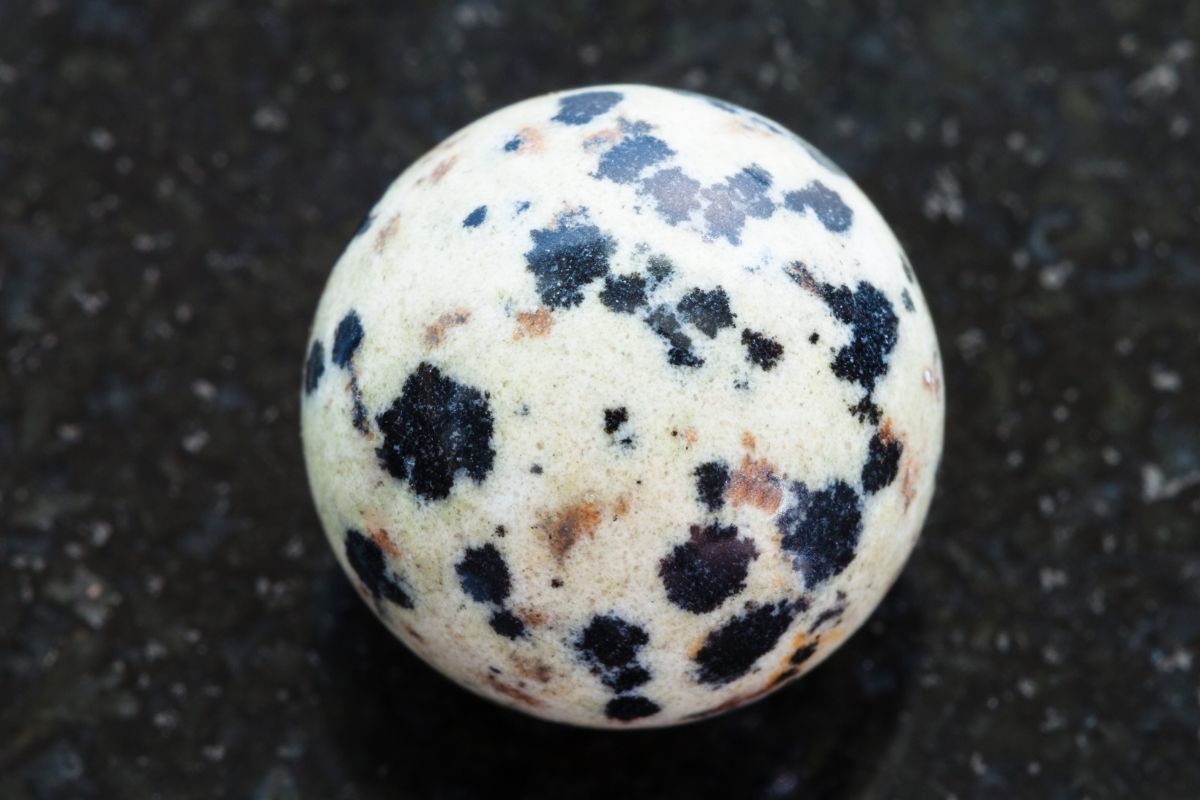Sunstone, a member of the feldspar group of minerals, has captivated the human imagination for centuries.
This sparkling gemstone is named for its warm, sun-like appearance and coloration, which ranges from reddish-brown to golden-yellow.
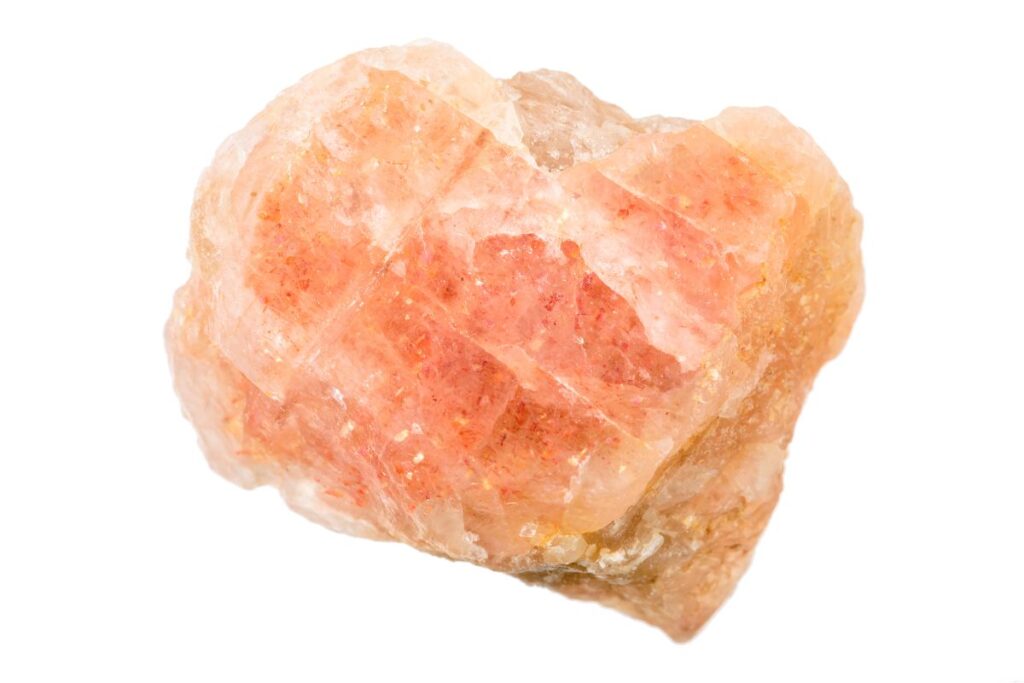
This is one crystal that causes some mystery, with many people querying whether it changes color.
While the straightforward answer is no, sunstone does not undergo dramatic color changes like some other gemstones, there is much more to discover about this intriguing stone.
This article aims to shed light on various factors affecting sunstone’s color, optical phenomena that contribute to its appearance, and how different conditions can make it seem like the stone is changing color.
Let’s get into it.
What Is Sunstone?
Before diving into the core question, let’s briefly explore what sunstone is.
Composed primarily of oligoclase or albite crystals, sunstone is known for its aventurescence — a shimmering, glittery effect that is due to the presence of tiny, reflective mineral inclusions.
Traditionally, sunstone has been used in various forms of jewelry and is sometimes employed in spiritual and metaphysical practices.
What Color Is Sunstone?
Sunstone is primarily known for its warm hues that range from golden to reddish-brown.
The gemstone often has a rich, translucent depth that adds to its captivating appearance. Some varieties of sunstone may also come in shades of green or blue-green, although these are less common.
The stone’s color largely depends on its mineral composition, specifically the types and amounts of metallic inclusions within it.
Hematite or goethite inclusions contribute to its glittering effect and can add reddish or golden reflections that enhance the stone’s overall color.
It’s important to note that the color perception of sunstone can vary under different lighting conditions.
For example, its warm hues might appear more vivid in natural daylight and subdued under artificial lighting.
However, unlike gemstones like alexandrite that truly change color depending on the light source, the underlying color of sunstone remains consistent.
Optical Phenomena: Aventurescence
One of the most enchanting features of sunstone is its aventurescence, a glittering effect caused by light reflecting off minute mineral inclusions within the stone, often made of hematite or goethite.
Aventurescence is different from color-changing properties; it adds depth and sparkle to the gem but does not change its inherent color.
Understanding this optical phenomenon is crucial for anyone under the impression that their sunstone’s color is changing when, in fact, it’s the aventurescence that alters its appearance under different lighting conditions.
Factors Affecting Sunstone’s Color
We touched on some of this above, but let’s look a little deeper at the factors that affect sunstone’s color:
Mineral Composition
The primary factor affecting a sunstone’s color is its mineral composition. Stones with higher concentrations of iron or copper tend to display deeper, more saturated colors.
Trace Elements
Minute amounts of other elements can also influence color. For instance, the presence of copper can result in green or blue-green shades.
Geographical Origin
Sunstones from different geographic locations may exhibit slightly different color characteristics due to variations in the mineral composition of their source material.
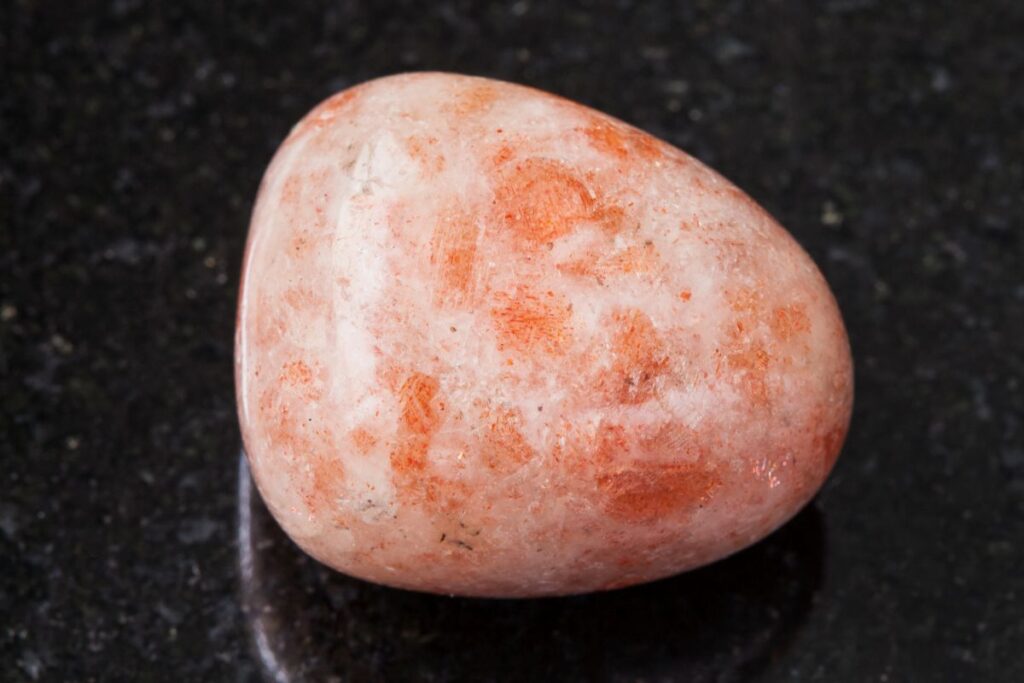
Sunstone And Color Variability
Although sunstone itself does not change color, its appearance can vary depending on the angle of light and the viewer’s perspective.
Different lighting conditions, such as natural daylight, incandescent light, or artificial lighting, can influence how we perceive the stone’s color.
This is not a change in the inherent color of the stone but a change in its appearance due to external factors.
Misconceptions About Sunstone Changing Color
Mistaking Aventurescence for Color Change: As mentioned, aventurescence can make the gem appear differently under varying light conditions, leading some to believe the color itself is changing.
Similar Stones: Some gemstones, like labradorite, also a type of feldspar, do exhibit color changes due to labradorescence.
These stones are quite different and unlikely to be mistaken for one another, but if someone is aware that they are both feldspar, this could lead to confusion around color changing.
Does Exposure to Sunlight Affect Sunstone?
Exposure to sunlight generally does not alter the color of sunstone. It’s a stable mineral that is not known for being sensitive to light in the way that some other gemstones are.
However, prolonged exposure to intense heat or strong chemicals can affect the stone’s surface and overall appearance, though not its inherent color.
Caring For Your Sunstone
Even though sunstone is a relatively stable gemstone, proper care ensures its longevity and preserves its beauty:
Cleaning: Water or a soft cloth is usually enough to clean sunstone. Avoid using harsh chemicals or ultrasonic cleaners.
Storage: Store sunstone separately from other gemstones to prevent scratches. Soft pouches or separate compartments in a jewelry box work well.
When Color Change is Desirable
For those intrigued by gemstones that do change color, consider stones like alexandrite, which exhibits dramatic color shifts depending on the lighting conditions.
Such gemstones have a unique crystal structure and chemical composition that allows for color variability, a feature sunstone does not possess.
In Summary
While sunstone does not inherently change color, its vibrant hues and mesmerizing aventurescence can give the illusion of color variability under different lighting conditions.
Understanding the properties and characteristics that contribute to its appearance can enhance your appreciation of this captivating gemstone.
Sunstone’s color is primarily influenced by its mineral composition and trace elements, and it remains stable under various conditions, including exposure to sunlight.
The gem’s allure lies in its aventurescence and the way it interacts with light rather than its ability to change color.
By knowing what to expect and how to care for your sunstone, you can enjoy its natural beauty for years to come.
Further reading: How to activate sunstone.
- 15 Crystals That Cannot Be Exposed To The Sun - January 7, 2024
- Malachite Vs Fuchsite – Benefits And Uses - January 7, 2024
- Malachite Vs. Green Jasper: Benefits And Uses - January 7, 2024



